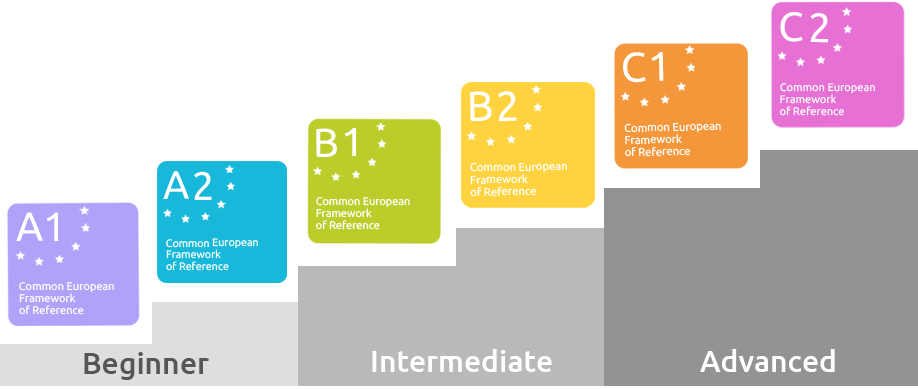The Common European Framework of Reference for Languages (CEFR) is a standardized tool developed by the Council of Europe to assess language proficiency. It offers a comprehensive framework for evaluating language skills and competencies, emphasizing effective communication in various linguistic contexts.
The CEFR consists of six proficiency levels, ranging from A1 for beginners to C2 for proficient users:
Beginner - Basic understanding in simple everyday situations
Elementary - Can communicate in routine tasks requiring simple information
Intermediate - Can handle most situations while traveling or in work
Upper Intermediate - Can express opinions and arguments
Advanced - Can use language flexibly and effectively for social, academic, and professional purposes
Proficient - Near-native fluency and understanding

The six proficiency levels are further divided into three sublevels, resulting in a total of 18 reference points. These levels are based on detailed descriptors that outline the specific skills and competencies required for listening, speaking, reading, writing, and understanding cultural nuances within a language. The levels illustrate the progressive journey of language acquisition and proficiency as per the CEFR's framework.
The CEFR's comprehensive approach to language learning also encompasses cultural awareness and intercultural communication. It provides a flexible and adaptable framework that caters to diverse language learning needs, promoting multilingualism and fostering a deeper understanding of cultural diversity in an interconnected world.
Through its comprehensive approach levels, the CEFR provides a cohesive structure that enables individuals, educational institutions, and language experts to assess and develop language skills effectively, fostering linguistic proficiency and cultural understanding across diverse contexts.